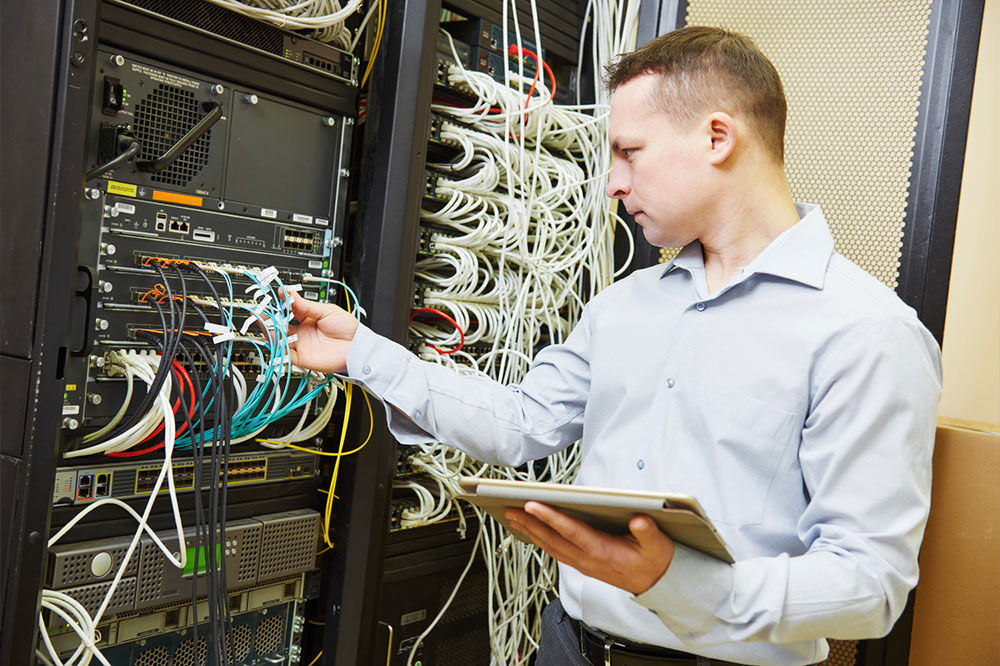What are physical and virtual ports in computer networking
Computing ports are an essential component of all devices that can be connected to the computer. These ports provide input and output interfaces the device needs to share information with internal and external peripheral devices, and computer networks. The two important types of computing ports on a computer are used for sending and receiving data from other hardware devices. Let’s understand more about these ports.
Physical ports
Physical ports are majorly located at the rear side of the CPU. They are used to connect two different hardware devices. With physical network ports, one can connect cables to routers, modems, mouse, printer, keyboard, and other peripheral devices.

- Ethernet ports : These are square-shaped connection ports that are used for connecting Ethernet cables.
- USB ports : These are rectangular-shaped connection ports that are used for connecting USB cables.
- Serial ports : These are circular-shaped connection ports that are used for connecting serial cables.
As these ports are connected mostly external, they are likely to fail and stop working. Some common reasons for failure include power surges, water damage, internal failure, and damage caused while inserting the cable pins incorrectly.
Virtual Ports
A computing network port can be a physical port or virtual port. Virtual ports are an important part of the Transmission Control Protocol/Internet Protocol (TCP/IP) networking. Just as physical ports provide a medium for hardware devices to communicate, virtual ports allow software applications to communicate with hardware devices without interfering with each other.
In TCP/IP networking, virtual ports are structured via port numbers, from 0 to 65535. Port numbers are essentially a part of addressing information and are used to identify the senders and receivers of messages. For instance, you are able to access websites through your web browser because of virtual port 80. Similarly, virtual port 21 is associated with File Transfer Protocol (FTP).
A common challenge that we all face with virtual ports is network security. Malicious internet attackers across the world are always trying to break into the virtual ports of websites, routers, and several other network gateways. This is where a network firewall is most useful. It limits access to specific ports to protect the system from these attacks.

